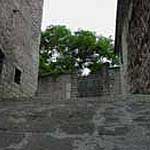

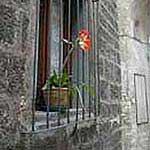
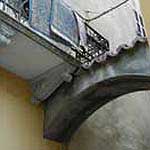

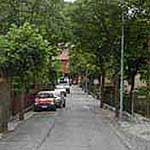
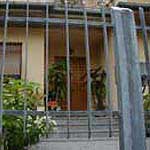

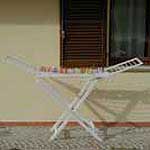
Photography:
Bob Buhowski &
Raina G. Patrocinio
Danielle Dinardo
Bob Buhowski
Danielle Dinardo & Lindsay Mead
Lindsay Mead &
Raina G. Patrocinio
 |
 |
 |
 |
| A stroll down any of the streets in Old Cagli would reveal much about its medieval personality. Narrow and uneven cobblestone streets create a network of passages around the central Piazza Matteotti. Buildings show signs of their age, pebbles crumble from stone walls, and paint chips reveal the stucco beneath. Rusted doorknockers enhance the beauty of wooden, weather worn doors. Lined with potted plants or dainty lace curtains, the windows provide places where locals can express their decorative taste. | |||
 |
|||
| Crossing the bridge into New Cagli, antiquity diminishes and is replaced by modernity. Cars fly up and down the tree-lined streets while pedestrians cautiously keep to the sidewalks. Entrances onto front lawns are gated to provide privacy and security for modern families. No longer contained to window sills, flowers and plants sprawl across the grass creating impeccably manicured yards. Even though there are architectural differences, Old and New Cagli remain true to their old world traditions and prove that even with the physical divide Cagli is still Cagli. | |||
 |
 |
 |
 |
|
Photography: |
Design Production: Bob Buhowski |
Page
Design: Danielle Dinardo & Lindsay Mead |
Writing: Lindsay Mead & Raina G. Patrocinio |